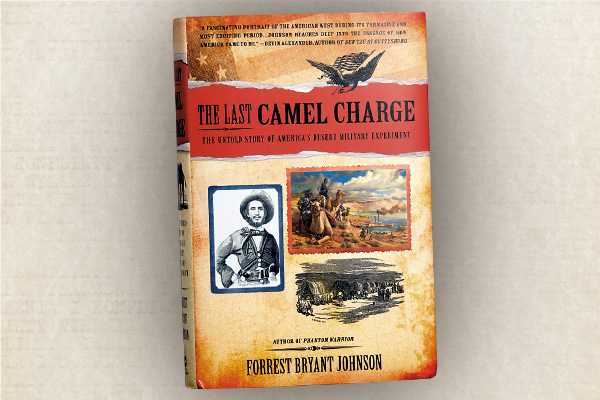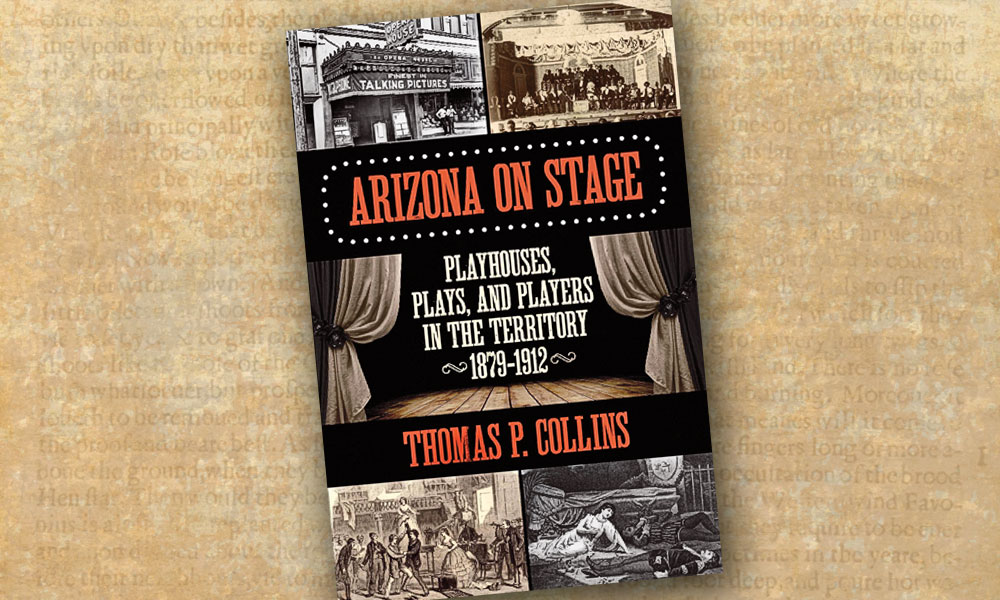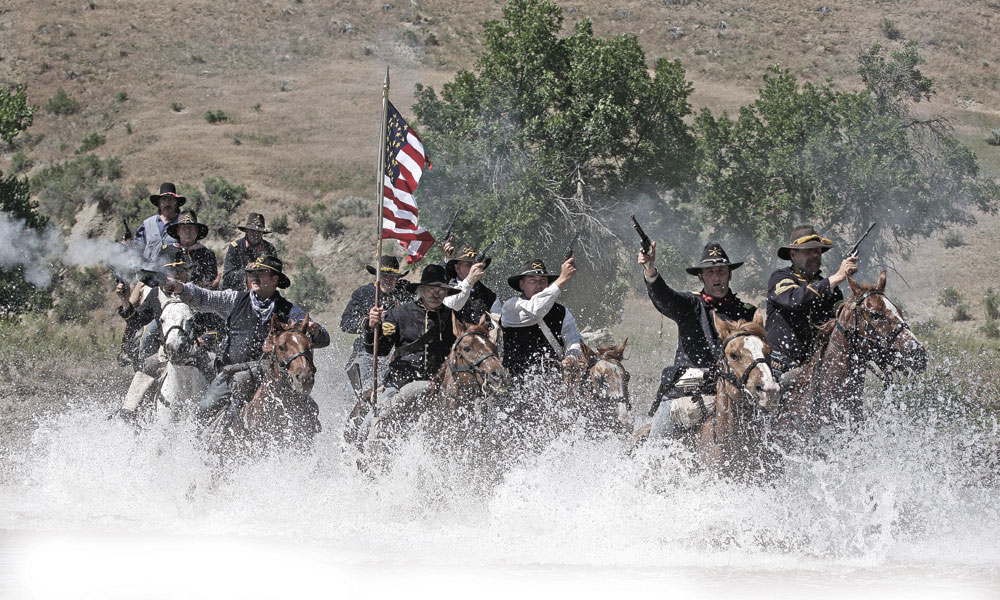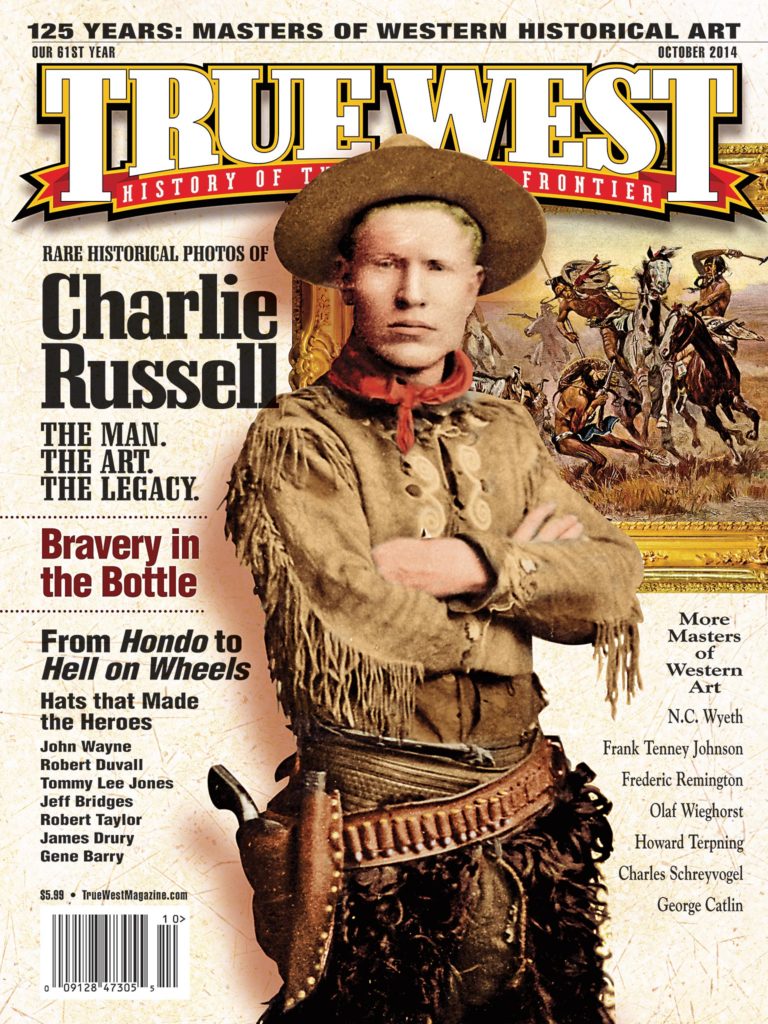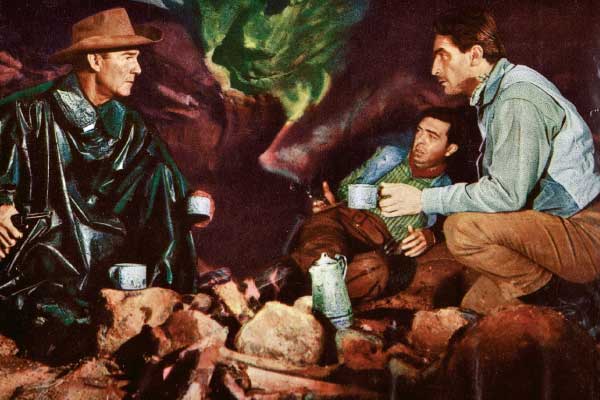
Roy Rogers).
Located in California’s Eastern Sierra Nevada, Lone Pine rocks. So does the Lone Pine Film History Museum. This October 10-12, the Lone Pine Film Festival will celebrate its 25th anniversary by showcasing some powerful folks, including film critic Leonard Maltin, actor Bruce Boxleitner, actress Peggy Stewart, The Shootist screenwriter Miles Swarthout and Steve Wystrach, who is restoring Death Valley Days.
Fans of Quentin Tarantino’s Django Unchained, which was filmed in the Alabama Hills, will want to visit the museum. You can check out the dentist wagon driven in the film by Oscar-winning Christoph Waltz’s bounty hunter character when he negotiated the release of the slave Django, played by Jamie Foxx.
Folks who love Western movies will recognize Lone Pine, with its fabled Alabama Hills and nearby Inyo National Forest that served as the backdrop of many films. Lightning Bryce, a Western cliffhanger film serial, was the first production shot here, in 1919. Other Westerns that followed include 1920’s The Round Up, 1943’s The Ox-Bow Incident, 1948’s 3 Godfathers, 1955’s Bad Day at Black Rock and 1966’s Nevada Smith.
Yet this wasn’t just a Westerns location. Other genre movies filmed here range from 1935’s The Lives of a Bengal Lancer to 2008’s Iron Man. Lone Pine is perfect for Hollywood because what can pass for Arizona or Texas can also pass for the Himalayas or the Arabian Desert.
“In movies, as in real estate, the watchword is: location, location, location,” says Kirk Ellis, the Emmy-, Spur-, and Western Heritage Wrangler Award-winning screenwriter of John Adams and Into the West. “Lone Pine’s storied history as a backdrop for films in all genres owes not only to its genuinely picturesque qualities, but also its relative proximity to Los Angeles.
“In so-called Golden Era Hollywood, it was just close enough for studio chiefs to consider it ‘in their backyard’—but just far enough to keep
them from meddling in actual production. It became a convenient refuge for a host of filmmakers looking to add a touch of authenticity to sound stage-bound entertainment.”
For me, however, Lone Pine means Director Budd Boetticher and star Randolph Scott. When I visit, I see 1956’s Seven Men from Now, 1957’s The Tall T, 1959’s Ride Lonesome and 1960’s Comanche Station—all classic, raw, savage-for-the-time Westerns. For my money, they are better than much of that John Ford sentimental slop shot at Monument Valley.
“Lone Pine was the closest Boetticher had to a Monument Valley,” says Robert Nott, author of The Films of Randolph Scott. “Budd liked to tell the story of finding what he thought was a never-before-used rocky canyon in which to capture the Scott character riding along; he quickly discovered a camera spike left from a previous Raoul Walsh Western, which spoke to the frequency with which action film directors used the site.”
“Though he never said so directly,” Ellis adds, “Budd Boetticher likely found the rugged landscape an ideal fit for his pared-down, existential Ranown Westerns. Lone Pine in Ride Lonesome and especially Comanche Station functions as more than a colorful location. It’s practically an extension of the Randolph Scott character’s psyche.”
Johnny D. Boggs’s favorite movie location is in Dallas, Texas, for Born on the Fourth of July, when his favorite Tex-Mex restaurant became a bait shop.


